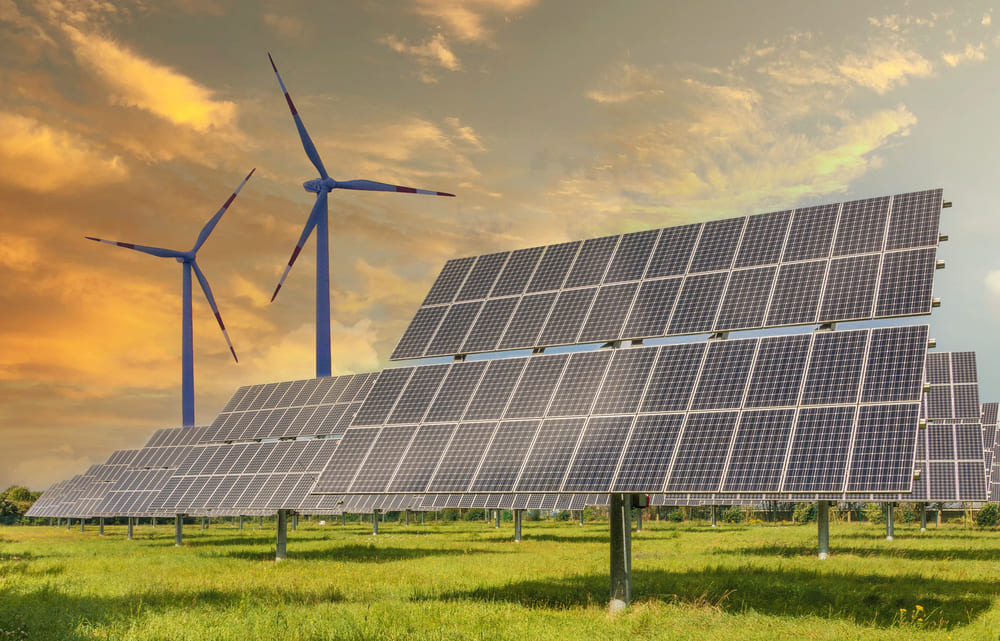10 interesting facts about wind energy
Growing global energy consumption, a passion for protecting the environment, and a steady increase in the price of non-renewable sources have forced countries across the globe to search for alternative methods to power homes and businesses. Among the alternative forms of power is wind energy.
Wind power possesses massive energy potential. It does not produce any pollutants or emissions, and its use has been increasing in recent years. In this article, TRS Staffing Solutions (TRS) lists 10 interesting facts about wind energy and its potential in the world.
TRS’ Wind Energy Facts
1. Wind energy is one of the alternative sources of energy that has been in use for thousands of years. Ancient mariners sailed to distant lands by making use of winds. Farmers used wind power to pump water and to grind grains.
2. Today’s wind turbines are much more complicated machines than the traditional windmill. A wind turbine has as many as 8,000 different components and requires skilled workers to maintain it.
3. Wind turbine blades average about 184 feet long, and turbine towers average almost 290 feet tall — as high as 20 storey buildings.
4. Since the wind is free, operational costs are nearly zero once a turbine is erected. Mass production and technology advances are making turbines cheaper, and many governments offer tax incentives to spur wind-energy development.
5. The industry provides many job opportunities and this is only growing. The number of wind energy jobs worldwide amounted to 1.46 million in 2023, an increase of about four percent from the previous year.
6. Europe is not only a leader in domestic wind turbine installations but also holds a strong position in turbines and foundations exports. In Denmark, export sales support the majority of wind manufacturing jobs.
7. In 2024, 453.5 terawatt-hours of electricity were generated by wind power in the United States.
8. The UK boasts a thriving wind industry with one of the largest offshore wind farms worldwide.
9. The renewable industry is rapidly growing. The IEA forecasts that global renewable electricity generation will climb to over 17,000 TWh by 2030, an increase of almost 90% from 2023. Wind is going to play a huge part in this.
10. Industry experts predict that if this pace of growth continues, by 2050 one third of the world's electricity needs will be fulfilled by wind power.
The use of wind energy across the globe looks to be continually growing at an impressive rate. The success of wind farms would not be possible without ensuring projects have a strong team filled with skilled workers who are passionate about their roles.
Choose TRS to enhance your wind energy career
TRS has supplied skilled engineers, technical and professional staff, and contractors to the power and renewable energy sectors for over a decade. Having established a leading reputation in the renewable energy jobs market, TRS holds unrivalled experience and success in recruiting individuals and teams for major projects around the world.
Find out more about our services.
If you would like to speak to one of our team members, contact us today.
Stay informed with our latest insights
Our insights
Our latest jobs
Negotiable
Qatar, Doha, Ad Dawhah
Negotiable
Poland, Grudziądz, Kujawsko-pomorskie
Negotiable
India, Gurugram, Haryana
Negotiable
India, Gurugram, Haryana
Negotiable
India, Gurugram, Haryana
Negotiable
United Kingdom, , County Durham
Negotiable
India, Ahmedabad, Gujarat
$ 50 Hourly
United States, Redwood City, California
CA$ 85000 - CA$ 105000
Canada, Vancouver, British Columbia
₹ 80000 Per Month
India, Rajkot, Gujarat






.png)